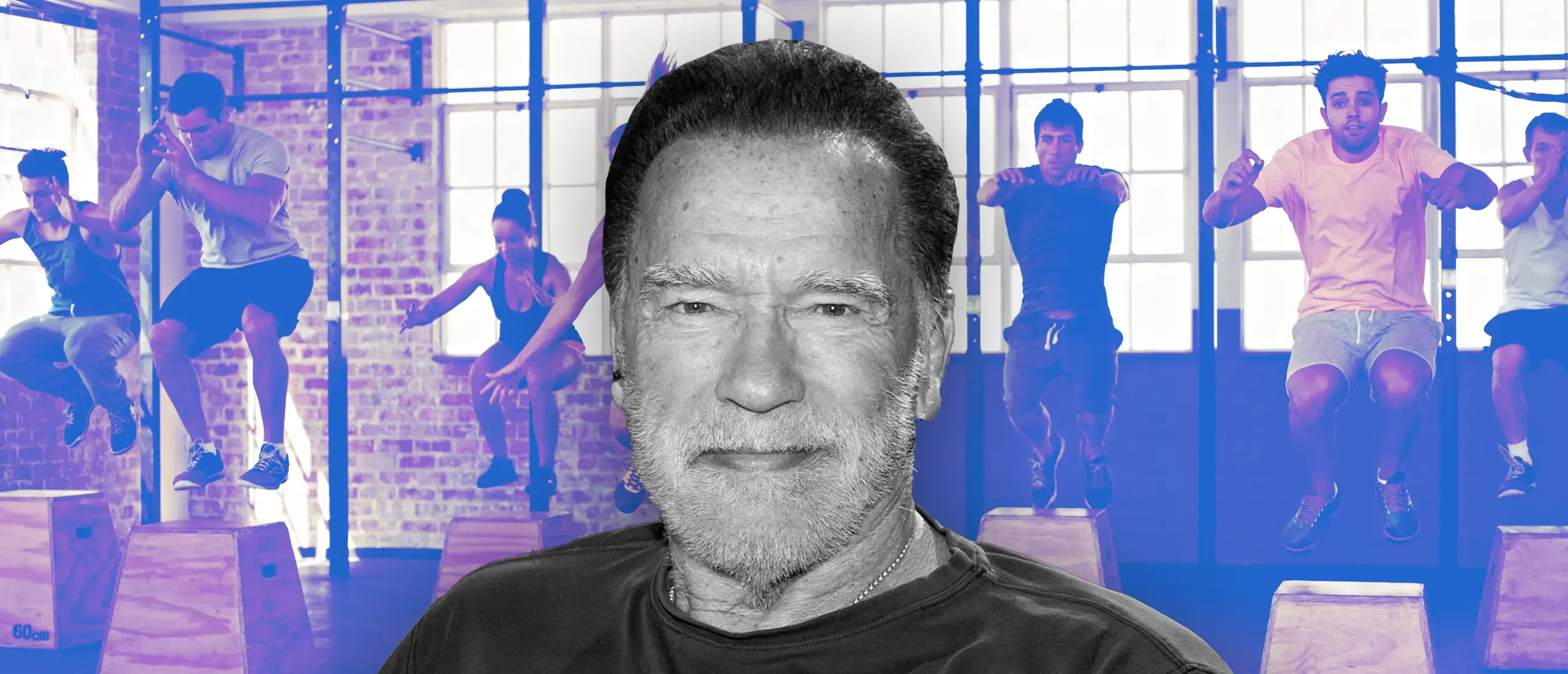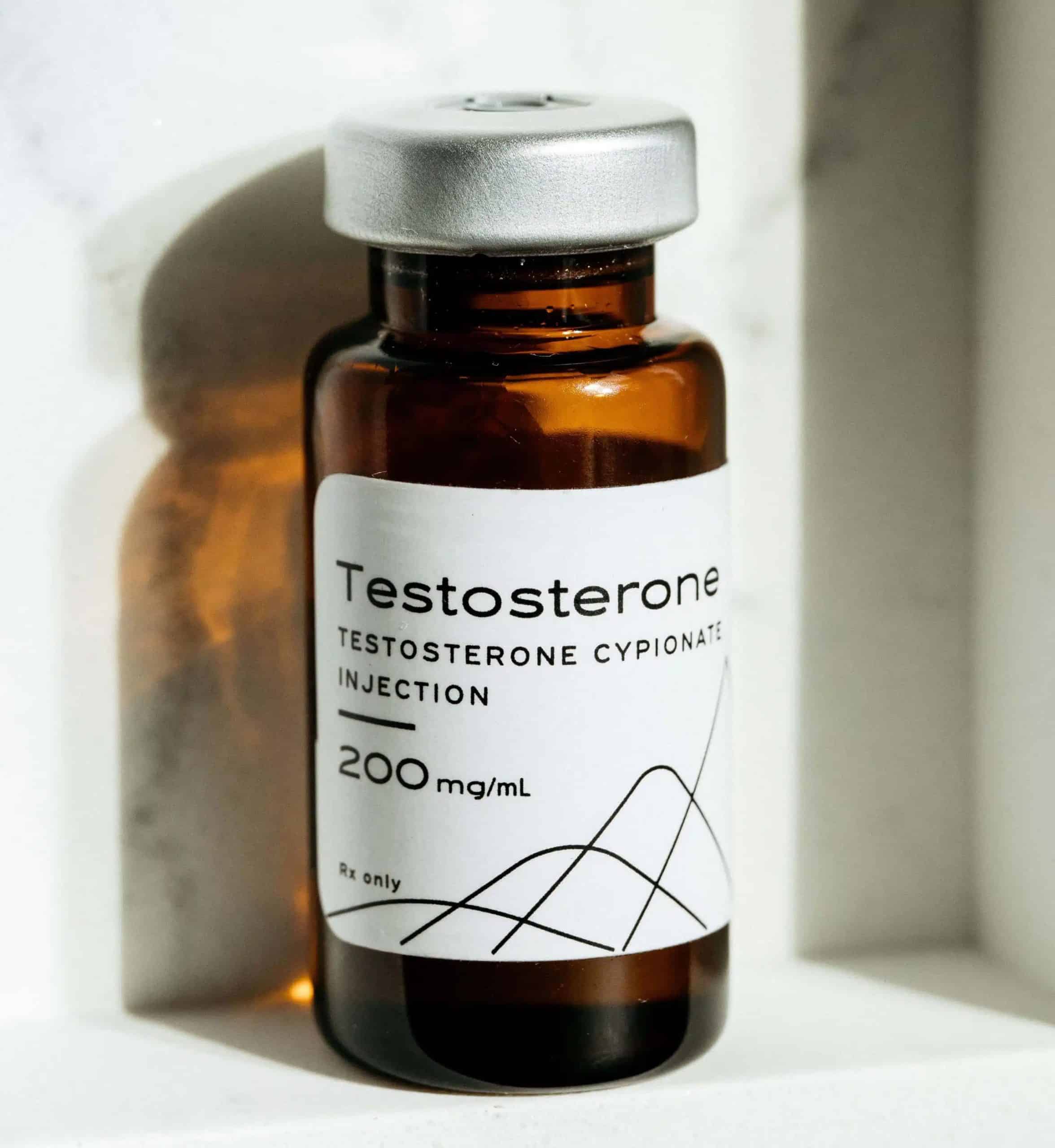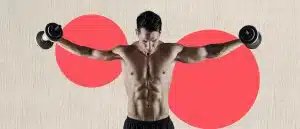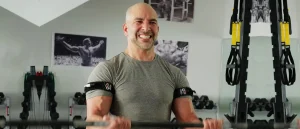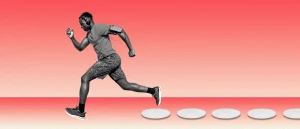Arnold Schwarzenegger’s Science-Backed Workout to Boost Testosterone
As you get older, it’s natural to lose (at least a little of) your edge. But at 76, Arnold Schwarzenegger has still got it—his rigorous training routine can attest. Where does he get all of his energy? His “addiction” to working out might have something to do with it. However, in a recent edition of his Pump Club newsletter, Schwarzenegger says incorporating high-intensity interval training (HIIT) into your routine can also naturally boost testosterone.
In the newsletter, Schwarzenegger broke down a new study published in Endocrine which suggests performing HIIT three times per week may significantly increase testosterone levels and improve body composition (1).
Does High-Intensity Interval Training Boost Testosterone?
In the study, young, sedentary men performed 12 weeks of three HIIT workouts (four sets of four-minute sprints each followed by three minutes of rest) a week. Researchers tracked changes in participants’ testosterone levels, and other factors like body mass index (BMI), body fat, and muscle mass. “The participants increased their testosterone up to 16 percent by the end of the program (a 37 to 45 ng/DL increase),” explains Schwarzenegger.
This isn’t the first study that suggests high-intensity exercise can increase testosterone. A 2020 study published in the Journal of Endocrinological Investigation found that moderate to high-intensity exercise led to significant increases in testosterone, but low-intensity exercise did not (2). Another suggests HIIT may increase testosterone and reduce cortisol in inactive, overweight adults (3).
That said, in both studies (and most studies measuring the effects of T after exercise) the increase in testosterone was acute. There aren’t a ton of studies that have investigated the long-term effects of high-intensity exercise on testosterone.
In general, men who exercise regularly have been shown to have higher testosterone levels than men who don’t (4). One small study also suggests intensive training may increase basal (resting) testosterone and reduce the age-related T drop in middle-aged men (5). Still, more research is needed.
How to Exercise to Boost Testosterone
HIIT isn’t the only exercise that might boost testosterone. “Any type of exercise that builds muscle and decreases body fat could lead to a similar outcome,” says Schwarzenegger.
Research has shown exercise that involves more muscle groups, at moderate to high intensity, with short rest intervals is the most optimal way to increase testosterone production (6). Making both HIIT and heavy, compound resistance training solid options for increasing post-exercise testosterone levels.
Schwarzenegger also aptly points out that exercise isn’t the only factor when it comes to T levels. “The hard part is that many variables influence testosterone levels, including muscle gain, fat loss, stress reduction, and sleep quality,” he writes. It’s worth noting that exercise has been shown to positively influence all of these factors and more (7, 8, 9, 10).
Hone’s at-home testosterone assessment is the simplest way to uncover whether your levels are low. If you qualify for treatment, TRT can be sent right to your door.
References
1. Lame-Jouybari, A. et al. (2023). Effects of Eight-Week Regular High-Intensity Interval Training and Hemp (Cannabis sativa L.) Seed on Total Testosterone Level Among Sedentary Adult Males: Double-Blind, Randomized, Controlled Clinical Trial.
2. D’Andrea, S. et al. (2020). Endogenous Transient Doping: Physical Exercise Acutely Increases Testosterone Levels—Results From a Meta-Analysis.
3. Velasco-Orjuela, G. et al. (2018). Acute Effects of High-Intensity Interval, Resistance, or Combined Exercise Protocols on Testosterone—Cortisol Response in Inactive Overweight Individuals.
4. Yeap, B. et al. (2020). Sociodemographic, Lifestyle, and Medical Influences on Serum Testosterone and Sex Hormone-binding Globulin in Men From UK Biobank.
5. Sellami, M. et al. (2018). The Effect of Acute and Chronic Exercise on Steroid Hormone Fluctuations in Young and Middle-Aged Men.
6. Riachy, R. et al. (2020). Various Factors May Modulate the Effect of Exercise on Testosterone in Men.
7. Currier, B. et al. (2023). Resistance Training Prescription for Muscle Strength and Hypertrophy in Healthy Adults: A Systematic Review and Bayesian Network Meta-Analysis.
8. Bellicha, A. et al. (2021). Effect of Exercise Training on Weight Loss, Body Composition Changes, and Weight Maintenance in Adults with Overweight or Obesity: An Overview of 12 Systematic Reviews and 149 Studies.
9. Childs, E. et al. (2014). Regular Exercise is Associated with Emotional Resilience to Acute Stress in Healthy Adults.
10. Alnawwar, M. et al. (2023). The Effect of Physical Activity on Sleep Quality and Sleep Disorder: A Systematic Review.



